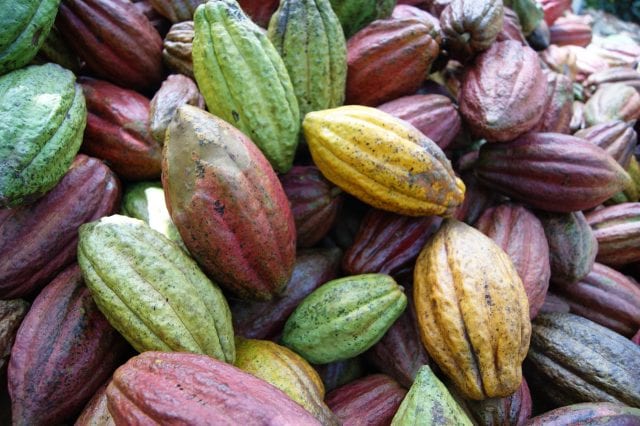Chocolate, loved universally, is not just about taste but also about aesthetics. The vibrant colors that enhance chocolates are often created using food colorings. With increasing consumer awareness and demand for healthier options, natural food colorings have gained significant popularity. This article explores the world of natural food coloring in chocolate, its benefits, challenges, and future prospects.
The Rise of Natural Food Coloring
Natural food colorings are derived from plants, minerals, and other natural sources, unlike synthetic colorings which are chemically produced. The push towards natural colorings is driven by several factors:
- Health Concerns: Synthetic colorings have been linked to various health issues, including hyperactivity in children and potential carcinogenic effects.
- Consumer Preference: Modern consumers prefer clean labels and products free from artificial additives.
- Regulatory Pressure: Regulatory bodies worldwide are increasingly scrutinizing synthetic additives, prompting manufacturers to seek natural alternatives.
Sources of Natural Food Coloring
Several natural sources can be used to color chocolates:
- Vegetable Juices and Extracts:
- Beetroot: Provides a rich red hue, ideal for Valentine’s Day chocolates.
- Spinach: Offers a vibrant green, perfect for festive chocolates.
- Spices:
- Turmeric: Yields a bright yellow color, adding a sunny touch to chocolates.
- Paprika: Can be used for a red to orange shade, suitable for Halloween treats.
- Fruits and Berries:
- Blueberries: Offer a range of colors from blue to purple.
- Blackberries: Provide a deep purple hue, ideal for luxurious chocolate creations.
- Flowers:
- Hibiscus: Gives a beautiful pink to red color.
- Butterfly Pea Flower: Known for its stunning blue shade.
Benefits of Natural Food Coloring
- Healthier Option: Free from harmful synthetic chemicals, natural colorings are considered safer for consumption.
- Allergen-Free: Many natural colorings are less likely to cause allergic reactions compared to synthetic counterparts.
- Environmental Impact: Derived from renewable sources, natural colorings are more environmentally friendly.
- Market Appeal: Products with natural colorings attract health-conscious consumers, boosting marketability.
Challenges and Limitations
Despite the benefits, there are several challenges associated with using natural food colorings in chocolates:
- Stability: Natural colorings can be less stable than synthetic ones, leading to color fading or changes over time.
- Flavor Impact: Some natural colorings can affect the taste of the chocolate, which might not be desirable.
- Cost: Natural colorings are often more expensive to produce and use, impacting the overall cost of the product.
- Regulatory Variations: Different countries have varied regulations regarding the use of natural colorings, complicating international distribution.
Innovations and Future Prospects
The food industry is actively seeking innovative solutions to overcome the challenges of natural colorings. Some promising developments include:
- Microencapsulation: This technique involves encasing the natural coloring agents in a protective coating, enhancing their stability and preventing flavor interactions.
- Biotechnology: Advances in biotechnology are enabling the production of natural colorings with improved stability and color intensity.
- Hybrid Colorants: Combining natural and nature-identical colorants can offer a balance between natural appeal and performance.
Conclusion
The shift towards natural food coloring in chocolates reflects a broader trend towards healthier and more sustainable food options. While challenges remain, ongoing innovations and consumer demand are likely to drive further advancements in this field. As the chocolate industry continues to evolve, natural food colorings will play an increasingly important role in creating visually appealing and health-conscious confections.

